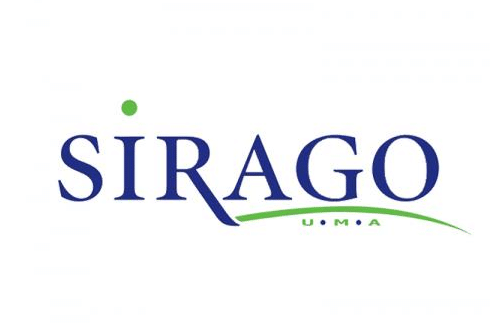Breast reduction
Breast Reduction: Enhancing Comfort and Quality of Life
Breast reduction, also known as reduction mammoplasty, is a transformative surgical procedure designed to alleviate physical discomfort, improve posture, and enhance overall well-being for individuals with disproportionately large breasts. This procedure involves removing excess breast tissue, skin, and fat to achieve a more proportionate and aesthetically pleasing breast size. This comprehensive guide explores breast reduction, including its indications, surgical techniques, benefits, potential risks, and references for further reading.
1. Indications for Breast Reduction
Breast reduction is recommended for individuals who experience physical and emotional discomfort due to excessively large breasts. Common indications include:
Physical Discomfort: Large breasts can cause neck, shoulder, and back pain, as well as skin irritation in the breast fold.
Posture Issues: The weight of large breasts can lead to poor posture, which may contribute to musculoskeletal problems.
Limitations on Physical Activities: Engaging in sports, exercise, and daily activities can be challenging for individuals with large breasts.
Psychological Impact: Disproportionately large breasts can lead to self-consciousness, body image issues, and social discomfort.
2. Surgical Techniques
Breast reduction involves several steps:
Anesthesia: The procedure is performed under general anesthesia to ensure the patient’s comfort.
Incision: Various incision patterns are used, such as the anchor, vertical, or keyhole pattern. The choice depends on breast size, shape, and surgeon preference.
Tissue Removal: Excess breast tissue, fat, and skin are carefully removed to achieve the desired breast size and shape.
Nipple and Areola Repositioning: The nipple and areola are repositioned to align with the new breast contour.
Closure: Incisions are closed using sutures, and surgical dressings are applied.
3. Benefits of Breast Reduction
Alleviation of Physical Discomfort: Breast reduction can significantly reduce neck, shoulder, and back pain, as well as skin irritation caused by breast size.
Improved Posture: With reduced breast weight, individuals often experience improved posture and a decreased risk of musculoskeletal issues.
Enhanced Mobility: Smaller breasts enable greater freedom of movement during physical activities.
Psychological Well-being: Breast reduction can alleviate the psychological distress associated with large breasts, improving body image and self-confidence.
4. Potential Risks and Considerations
While breast reduction offers numerous benefits, it’s important to consider potential risks:
Scarring: Incision scars are an inevitable outcome of breast reduction. Scars may fade over time but will remain visible.
Loss of Sensation: Temporary or permanent changes in nipple and breast sensation may occur.
Asymmetry: Achieving perfect symmetry may be challenging, and minor differences in breast size or shape can occur.
Infection and Healing Issues: As with any surgery, there’s a risk of infection, delayed wound healing, and poor scarring.
5. Post-Operative Care and Recovery
Following breast reduction, proper post-operative care is essential:
Recovery Period: Patients should follow their surgeon’s instructions for post-operative care, including wound care, medication, and restrictions on physical activities.
Supportive Garments: Wearing a supportive bra or compression garment can aid healing and provide comfort.
Follow-Up Visits: Regular follow-up appointments allow the surgeon to monitor healing and address any concerns.
6. References for Further Reading
Hall-Findlay, E. J. (2015). Breast reduction. Plastic and Reconstructive Surgery, 135(2), 361e-372e.
Nahabedian, M. Y., & Singh, N. K. (2010). Reduction mammoplasty: the vertical approach. Plastic and Reconstructive Surgery, 126(6), 2196-2205.
Thibaudeau, E. K., & Strasser, E. H. (2019). Surgical correction of macromastia. Plastic and Reconstructive Surgery, 144(5), 695e-706e.
Weller, R., Ward, M. J., & Barker, S. G. (2017). The psychosocial impact of macromastia. The Breast Journal, 23(6), 694-700.
Luan, J., Paskhover, B., & Saadeh, P. B. (2015). Reduction mammaplasty for macromastia: a single surgeon’s 10-year experience with the inferior pedicle technique. Plastic and Reconstructive Surgery, 135(5), 1379-1386.
Conclusion
Breast reduction is a transformative surgical procedure that offers physical relief, improved posture, enhanced mobility, and increased psychological well-being for individuals burdened by disproportionately large breasts. Through carefully planned incisions and tissue removal, this procedure achieves a more proportional and comfortable breast size while maintaining aesthetic balance. While potential risks such as scarring and changes in sensation exist, the benefits of breast reduction can significantly improve an individual’s quality of life. Consulting with an experienced plastic surgeon is crucial for exploring options, understanding the procedure, and making an informed decision about undergoing breast reduction surgery.


































